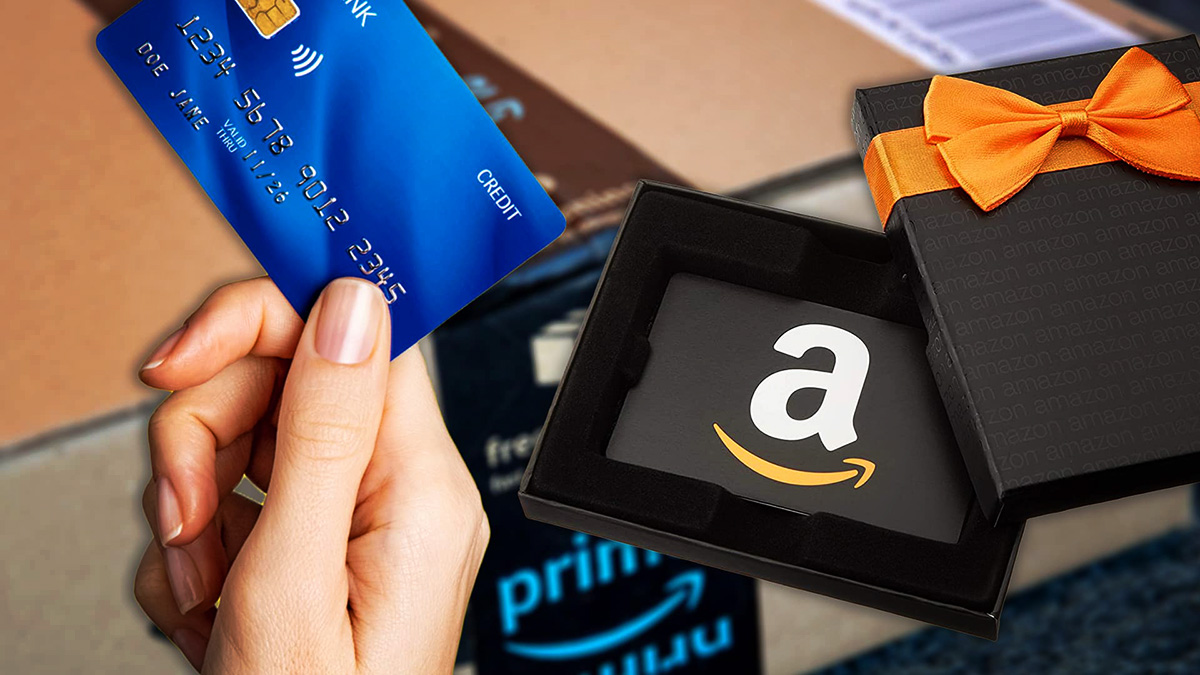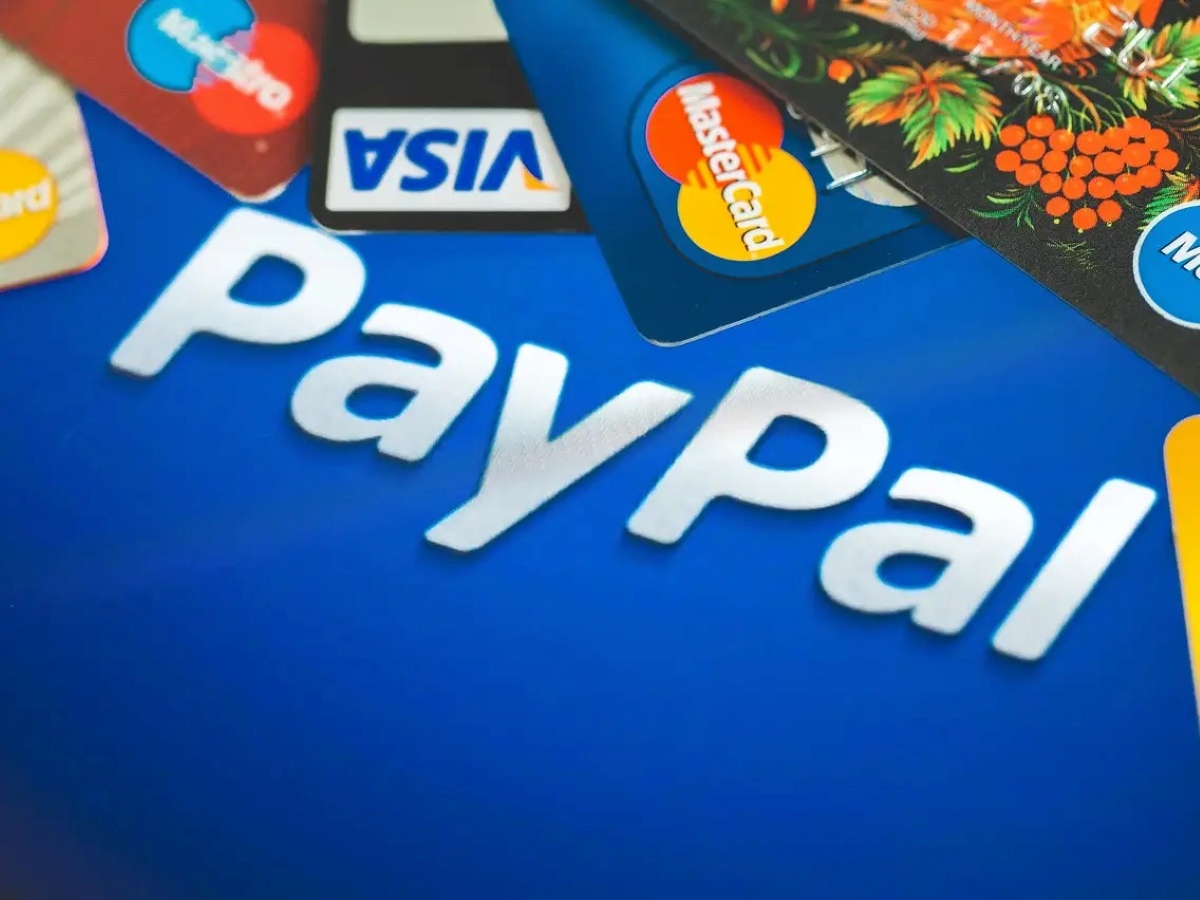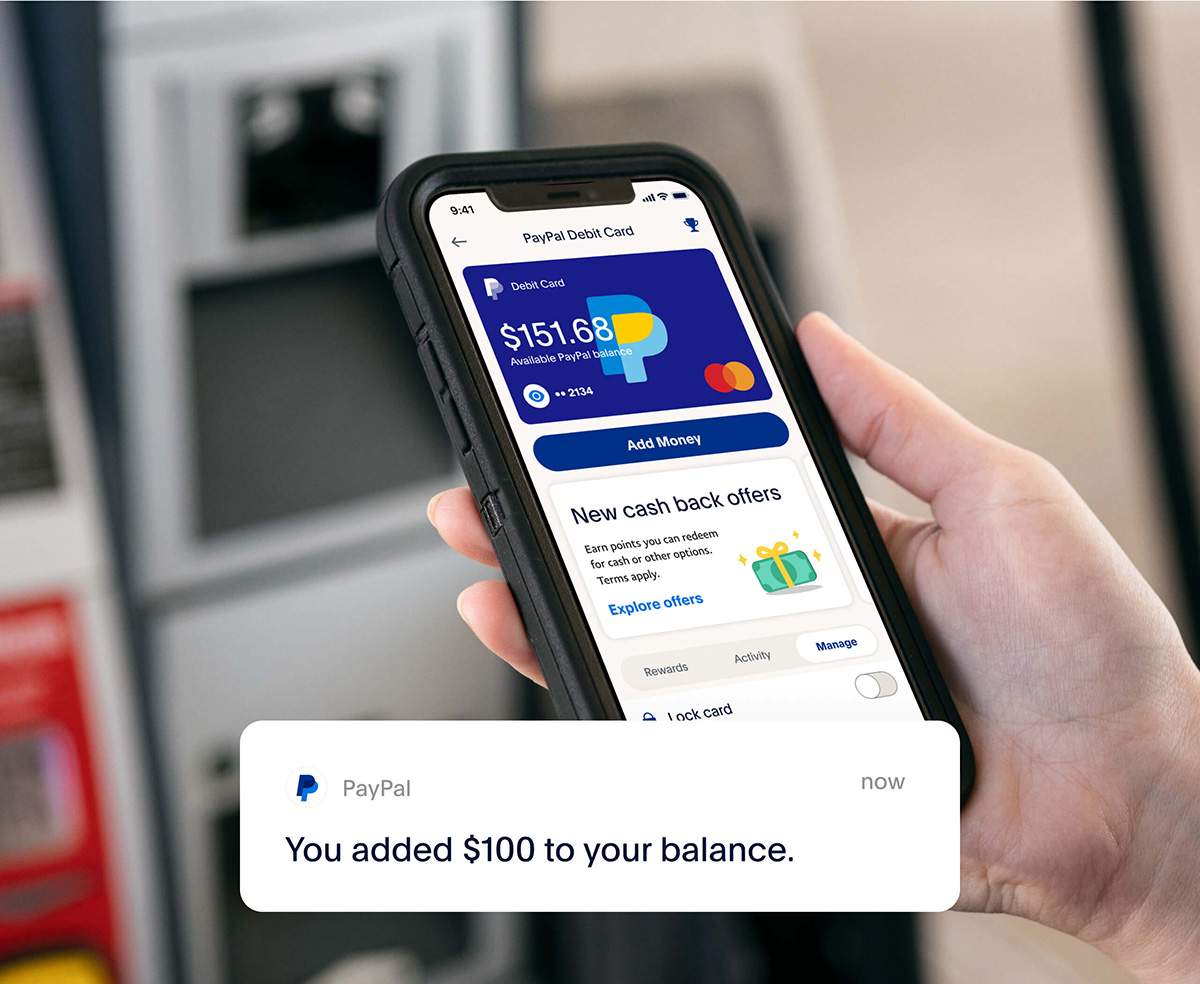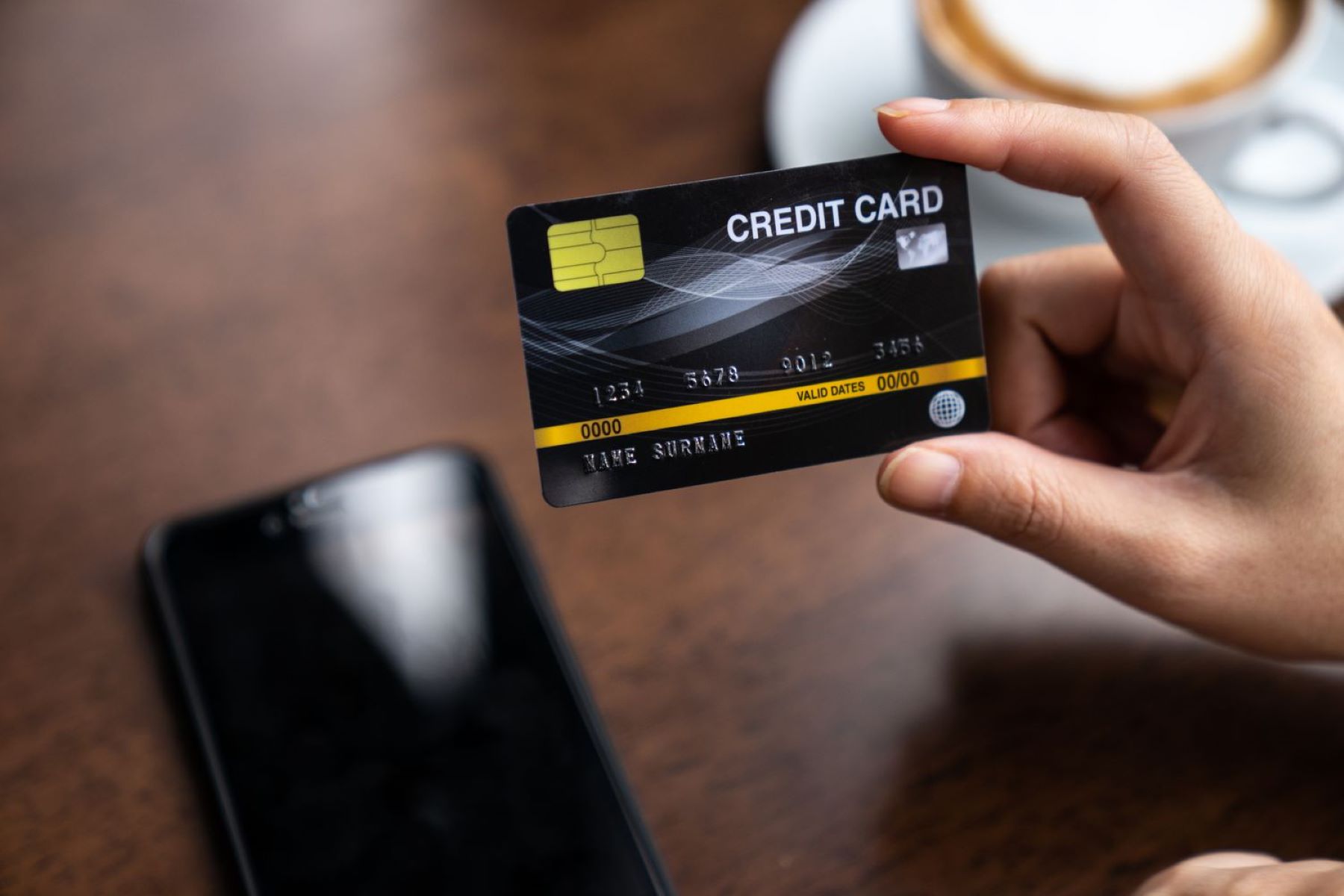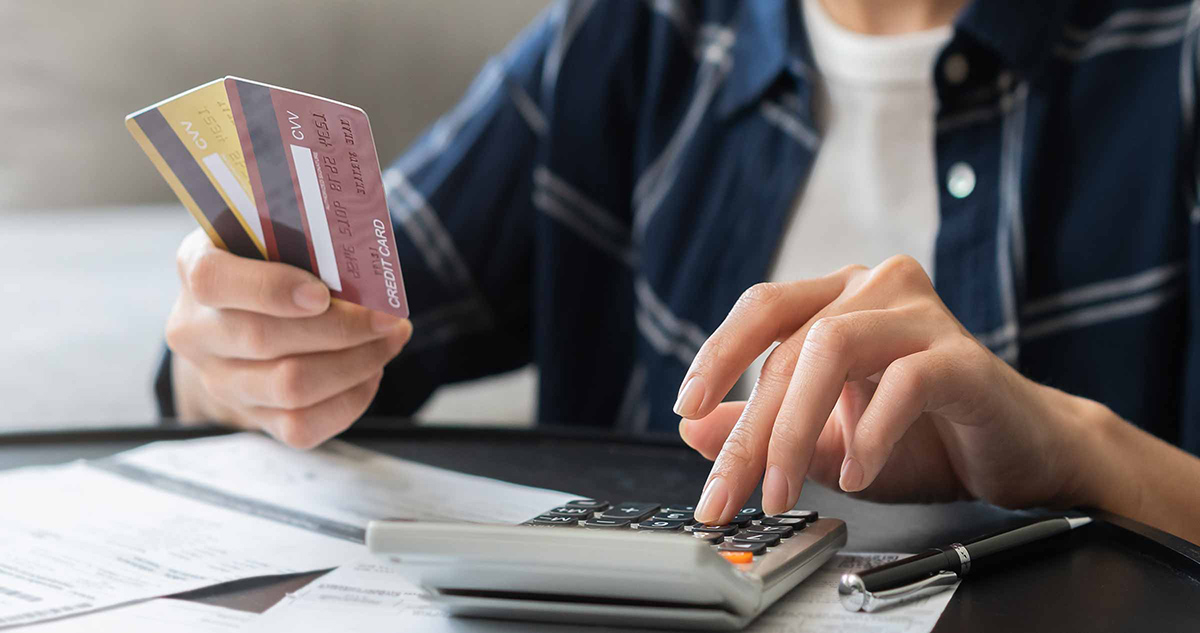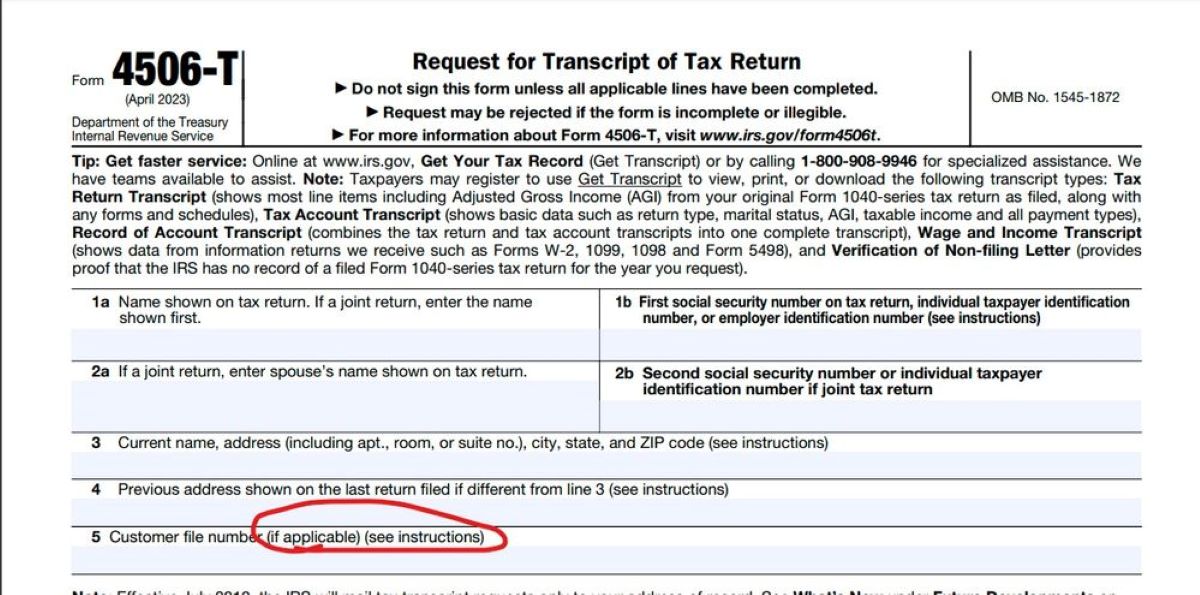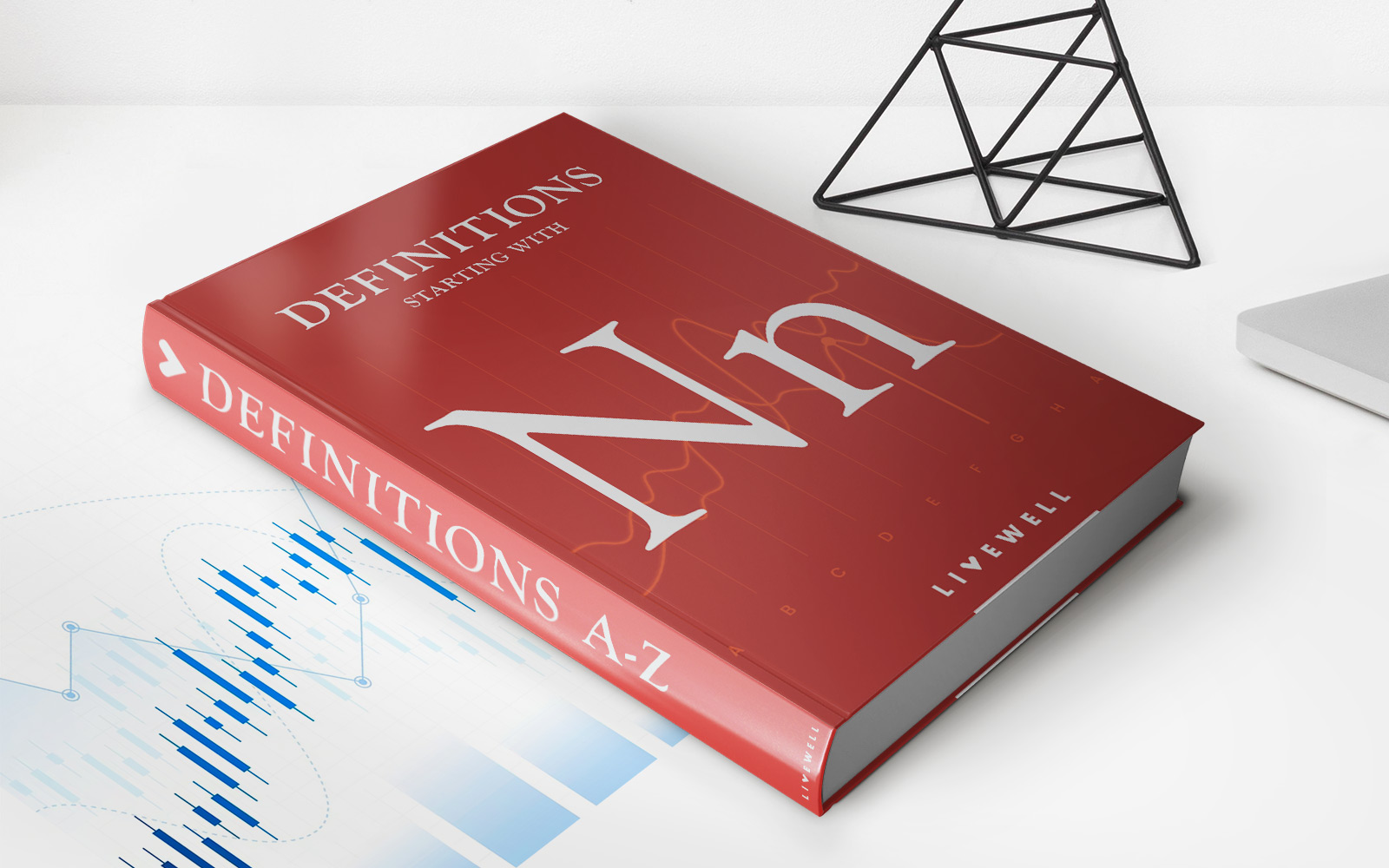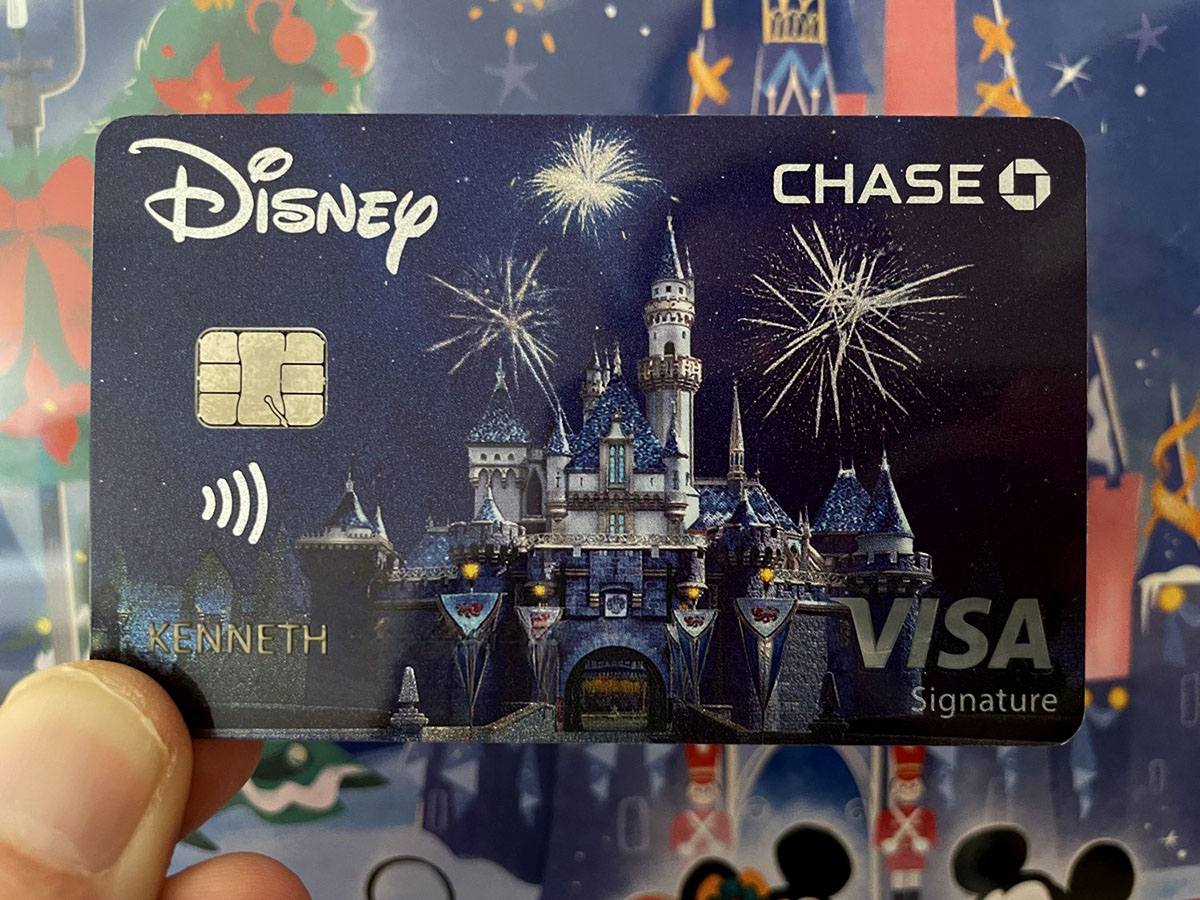Home>Finance>Where Do I Find My Member Number For Credit Union
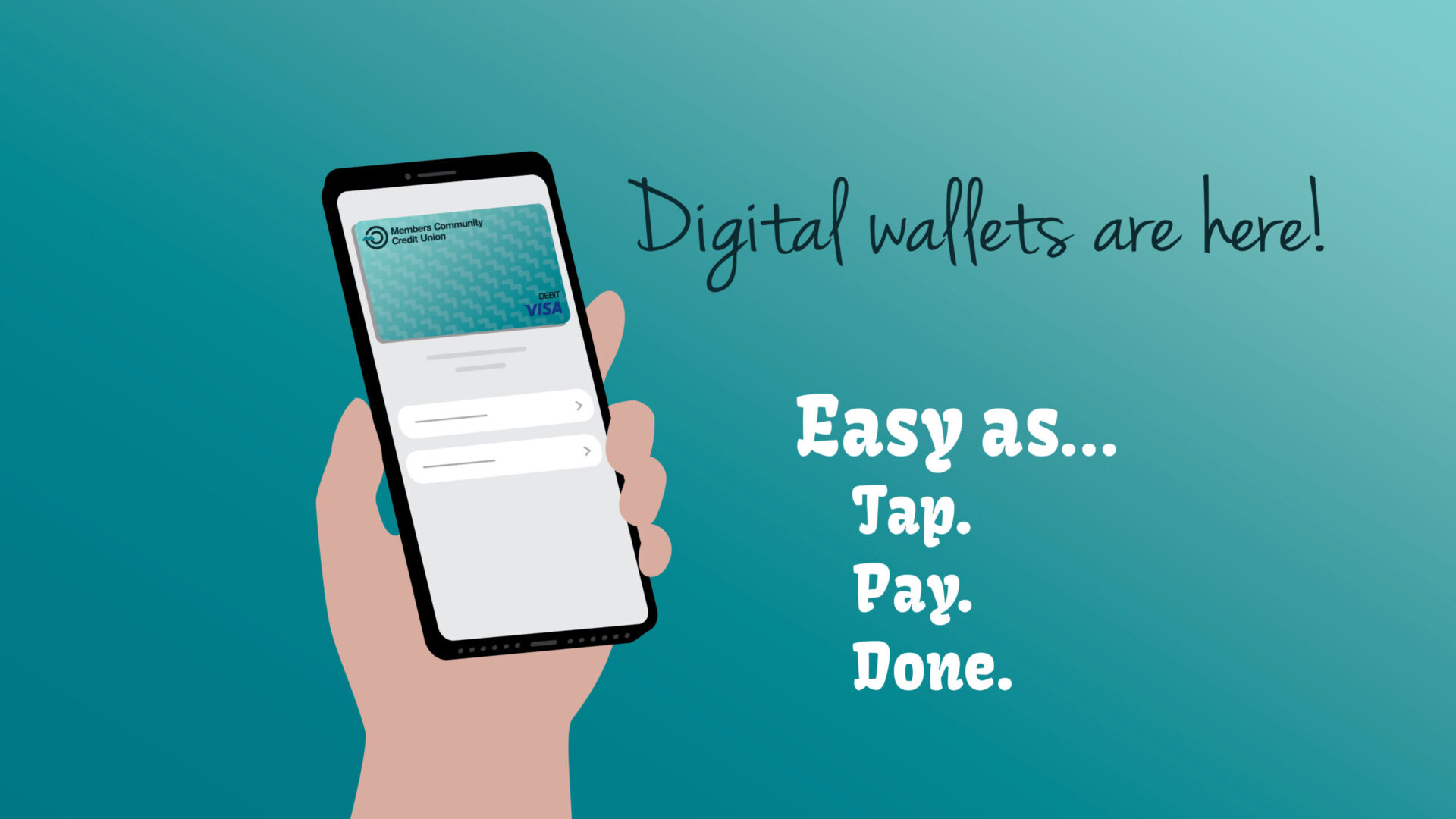

Finance
Where Do I Find My Member Number For Credit Union
Published: January 9, 2024
Looking for your credit union member number? Discover where to find it easily. Finance your needs efficiently with our credit union services.
(Many of the links in this article redirect to a specific reviewed product. Your purchase of these products through affiliate links helps to generate commission for LiveWell, at no extra cost. Learn more)
Table of Contents
Introduction
Welcome to the world of credit unions! If you’re a member of a credit union, you may have come across the term “member number.” Your member number is a unique identifier that allows the credit union to track your accounts and provide you with personalized services. But where do you find your member number? In this article, we’ll explore the importance of member numbers in credit unions and show you the different locations where you can find this crucial piece of information.
As a financial cooperative, a credit union operates differently than traditional banks, as it is owned and operated by its members. When you join a credit union, you become a member and gain access to a range of financial services. Membership in a credit union typically requires meeting specific eligibility criteria, such as belonging to a certain community, organization, or profession.
Once you become a member of a credit union, you are assigned a unique member number. This number acts as your identification within the credit union and is associated with all your accounts and banking activities.
Understanding your member number is essential for several reasons. Firstly, it allows the credit union to keep track of your financial transactions, making it easier to handle deposits, withdrawals, and other account-related activities. Your member number is also necessary for accessing online banking platforms and mobile applications provided by the credit union.
Now that we understand the importance of member numbers, let’s explore the various places where you can find this essential piece of information.
Understanding Credit Union Membership
Before delving into the specifics of member numbers, it’s important to grasp the concept of credit union membership. Credit unions operate under a cooperative model, where members pool their resources to provide financial services to one another. Unlike banks, credit unions are not-for-profit organizations, which means they prioritize serving their members’ best interests rather than generating profits for shareholders.
Membership in a credit union is typically based on a common bond or affiliation, such as living in a certain geographic area, working for a specific employer, or belonging to a particular organization or profession. This shared connection is what establishes the eligibility criteria for membership in a credit union.
By becoming a member of a credit union, you gain access to a wide range of financial services, including savings accounts, checking accounts, loans, credit cards, and more. Credit unions often offer competitive interest rates, lower fees, and a more personalized approach to banking, as they prioritize building relationships with their members.
As a member of a credit union, you become an owner and have a say in the institution’s operations. Members have the opportunity to participate in the decision-making process through voting rights and can even choose to serve on the credit union’s board of directors.
Membership in a credit union is not just about accessing financial services; it’s about being part of a community. Credit unions often prioritize community involvement, supporting local initiatives, events, and charities. By choosing to join a credit union, you not only benefit from their services but also contribute to the greater well-being of your community.
Now that we have a solid understanding of what credit union membership entails, let’s move on to exploring the significance of member numbers within this cooperative financial system.
Importance of Member Numbers
Member numbers play a crucial role in credit unions, serving as a key identifier for individual members. These unique numbers are assigned to members upon joining a credit union and are used to track their accounts, transactions, and interactions with the institution. Here’s why member numbers are important:
1. Identification: Member numbers serve as a means of identifying individuals within the credit union’s system. When you conduct transactions or interact with the credit union, your member number is used to ensure that the correct accounts and information are accessed.
2. Account Tracking: Member numbers allow the credit union to monitor and track your financial activities. This enables them to keep accurate records of your deposits, withdrawals, loan payments, and any other transactions you make. Member numbers streamline the process of managing and maintaining member accounts.
3. Personalization: Credit unions strive to provide personalized services to their members. Member numbers are essential for tailoring banking experiences to individual needs, preferences, and financial goals. With your member number, the credit union can provide customized advice, offer targeted products and services, and ensure that your banking needs are met promptly and efficiently.
4. Online Banking and Mobile Apps: Most credit unions offer online banking platforms and mobile applications to enhance member convenience. Member numbers act as access credentials for these digital banking channels. Whether you’re checking your account balance, transferring funds, or paying bills online, your member number is essential for logging in securely and accessing your accounts.
5. Security: Member numbers play a vital role in maintaining the security of your accounts and personal information. They are used in conjunction with other security measures, such as passwords or PINs, to verify your identity when accessing your accounts or making financial transactions.
6. Efficient Member Service: Member numbers help credit union staff quickly locate and retrieve member account information. When you reach out to the credit union for assistance or inquiries, providing your member number enables them to efficiently address your needs and provide accurate information.
7. Communication: Member numbers are often used as reference points in communication with the credit union. Whether corresponding through phone calls, emails, or written documents, providing your member number helps ensure that your inquiries or requests are correctly linked to your specific membership and accounts.
The member number is a vital piece of information for credit union members. Now that we understand the importance of member numbers, let’s explore the different locations where you can find this key identifier.
Different Credit Union Member Number Locations
When it comes to finding your credit union member number, the location can vary depending on the credit union’s policies and systems. Here are the different places you may locate your member number:
- Welcome Package: When you initially join a credit union, you typically receive a welcome package or membership kit. This package contains important documents and information, including your member number. Be sure to keep these documents in a safe place, as they serve as a reference for your membership details.
- Membership Card: Some credit unions provide membership cards that display your member number. These cards can be similar to credit or debit cards and may include your name, member number, and the credit union’s logo. If you have a membership card, your member number is usually printed on it.
- Account Statements: Credit unions often include member numbers on account statements. Whether you receive your statements via mail or access them online, check the top or bottom portion of the statement for your member number. It is usually listed alongside your account details.
- Online Banking Portal: If your credit union offers online banking, your member number is typically displayed when you log in to your online banking portal. Look for your member number in your account summary or profile section. It may be listed as “Membership Number” or “Account Number.”
- Mobile Banking App: Similar to the online banking portal, mobile banking apps provided by credit unions often display your member number in the account settings or profile section. Open your mobile banking app and navigate through the settings or profile options to locate your member number.
- Contacting the Credit Union: If you are unable to find your member number through the previously mentioned methods, contacting your credit union directly is a reliable option. Reach out to their customer service or member support line and provide them with the necessary information to verify your identity. They will be able to assist you in retrieving your member number.
Remember, it’s important to keep your member number secure and confidential. Avoid sharing it with anyone who is not affiliated with your credit union or engaging in activities that could compromise your account’s security.
Now that we’ve explored the various locations where you can find your member number, let’s move on to how you can retrieve a lost member number if you find yourself unable to locate it.
Finding Your Member Number
If you’re having trouble locating your credit union member number, don’t worry. Here are a few steps you can take to find it:
- Check your Welcome Package: As mentioned earlier, when you joined the credit union, you likely received a welcome package or membership kit. Take a moment to identify and review the documents in this package. Your member number should be included within.
- Inspect your Membership Card: If your credit union issued a membership card, your member number may be printed on it. Look for a string of numbers or a barcode on the card, typically located on the front or back.
- Review Account Statements: Take a look at your recent account statements, whether you receive them via mail or access them online. The member number may be listed on the top or bottom portion of the statement, near your account details.
- Log in to Online Banking: Access your credit union’s online banking portal using your login credentials. Once logged in, navigate to your account summary or profile section, where your member number is usually displayed. It may be labeled as “Membership Number” or “Account Number.”
- Check your Mobile Banking App: If the credit union offers a mobile banking app, open it and go to the settings or profile section. Your member number is often listed there. Look for an option that mentions “Membership Number” or “Account Number.”
- Contact Customer Service: If you’ve exhausted all the above options and still can’t find your member number, reach out to the credit union’s customer service or member support line. They will be able to assist you in retrieving your member number. Be prepared to provide personal identification information to verify your identity.
Remember, it’s important to handle your member number with care and keep it secure. Avoid sharing it with individuals who are not associated with your credit union, as this could jeopardize the security of your accounts.
Now that you have a few strategies for finding your member number, let’s explore what steps to take if you’ve lost or forgotten your member number.
Retrieving a Lost Member Number
If you find yourself in a situation where you have lost or forgotten your credit union member number, there are steps you can take to retrieve it:
- Contact Customer Service: The first and most straightforward option is to reach out to your credit union’s customer service or member support line. Explain that you have lost or forgotten your member number and they will guide you through the process of retrieving it. Be prepared to provide personal identification information and answer security questions to verify your identity.
- Check your Welcome Package: As mentioned earlier, your member number is typically included in the welcome package or membership kit you received when you joined the credit union. Review these documents to see if your member number is listed there.
- Refer to Account Statements: If you have access to your account statements, whether in paper or electronic form, check through them for your member number. It is often mentioned on the top or bottom portion of the statement alongside your account details.
- Visit a Branch in Person: If there is a physical branch of your credit union nearby, consider visiting it in person. The staff at the branch will be able to assist you directly and help retrieve your member number. Make sure to bring personal identification such as your driver’s license or passport for verification purposes.
- Check Online Banking or Mobile App: If you have access to your credit union’s online banking portal or mobile app, log in and navigate to your account summary or profile section. Your member number may be displayed there. Look for options labeled “Membership Number” or “Account Number.”
Remember, it’s important to promptly retrieve your member number and keep it secure. Once you have retrieved your member number, be sure to store it in a safe and easily accessible place.
If you are experiencing difficulties retrieving your member number or have further questions, don’t hesitate to contact your credit union’s customer service for guidance and assistance. They are there to help you through any issues you may encounter.
Now that you know how to retrieve a lost member number, let’s conclude with some final thoughts.
Contacting Your Credit Union for Assistance
If you ever find yourself in a situation where you need assistance with your member number or have any questions related to your credit union membership, contacting your credit union directly is the best course of action. Here are some ways you can reach out to your credit union for assistance:
- Customer Service or Member Support: The most common and accessible option is to contact your credit union’s customer service or member support line. They have trained representatives who can provide guidance, answer your queries, and assist you with any issues you may encounter, including retrieving a lost member number. Be prepared to provide personal identification information and answer security questions to verify your identity.
- Branch Visit: If your credit union has a physical branch nearby, you can choose to visit in person. This can be particularly helpful if you prefer face-to-face interactions or if you need more complex assistance that may be better served through in-person communication. Make sure to bring proper identification such as a driver’s license or passport for verification purposes.
- Email or Online Contact Form: Some credit unions offer the option to contact them through email or an online contact form on their website. This allows you to send your inquiry or request directly to the credit union’s support team. Be sure to provide accurate and detailed information in your message to help them assist you effectively.
- Social Media Platforms: Many credit unions maintain a presence on social media platforms. You may be able to send them a direct message or post a public inquiry on their social media pages. While social media may not be the most formal channel, it can be a quick way to get in touch and receive a response from the credit union.
- Website FAQs and Resources: Before reaching out to the credit union directly, consider checking their website for Frequently Asked Questions (FAQs) or other resources. These sections may provide answers to common queries and could help you find the information you need without having to contact customer service.
Remember, each credit union may have different communication channels and preferred methods of contact. You can typically find the contact information for your credit union on their website, in your welcome package, or on your account statements.
Don’t hesitate to reach out to your credit union for assistance. They are there to help and support you as a member, whether it’s related to your member number, account inquiries, or any other financial needs you may have.
Now that we’ve covered the various ways to contact your credit union for assistance, let’s wrap up with some final thoughts.
Conclusion
Understanding and locating your credit union member number is essential for managing your accounts and accessing personalized services. It serves as a unique identifier that allows the credit union to track your transactions and provide you with tailored banking experiences. Throughout this article, we have explored the importance of member numbers, the different locations where you can find them, and the steps to take if you’ve lost or forgotten your member number.
Remember to check your welcome package, membership card, account statements, online banking portal, and mobile banking app for your member number. If you’re unable to locate it, contacting your credit union’s customer service or visiting a branch in person can help you retrieve it. They are dedicated to assisting you with any inquiries or issues you may have related to your membership.
It’s important to keep your member number secure and confidential, only sharing it with trusted individuals and safeguarding it from unauthorized access. Your member number, along with other security measures, ensures the protection of your accounts and personal information.
As a member of a credit union, you are part of a cooperative financial institution that prioritizes your best interests. Enjoy the benefits of personalized services, competitive rates, and the opportunity to contribute to your community. Embrace the unique advantages that credit unions offer and utilize your member number to access all that your credit union has to offer.
If you have any further questions or concerns about your member number or credit union membership, don’t hesitate to contact your credit union directly. They are there to assist you and provide guidance as you navigate your financial journey.
Thank you for taking the time to learn about member numbers and the importance they hold within credit unions. Happy banking!


